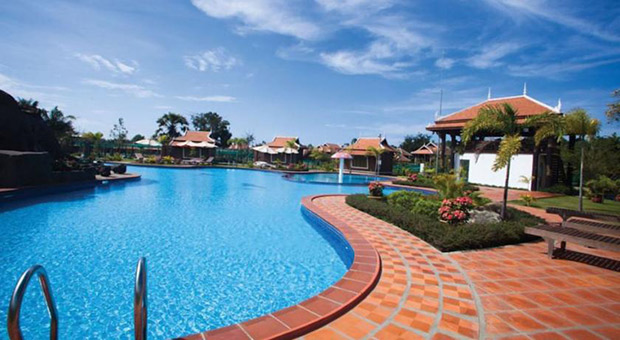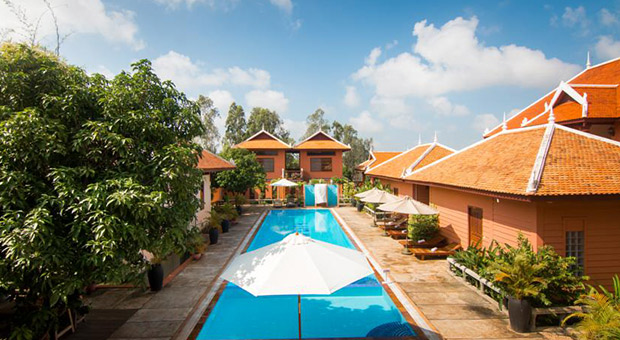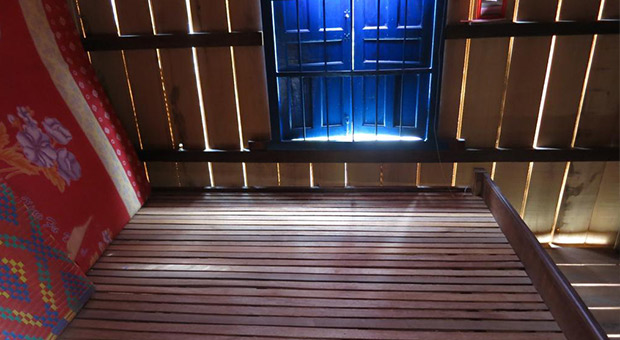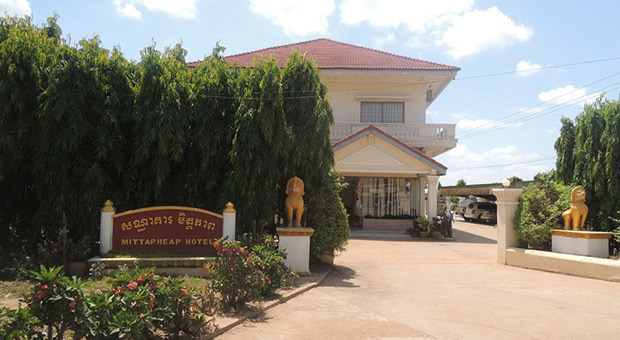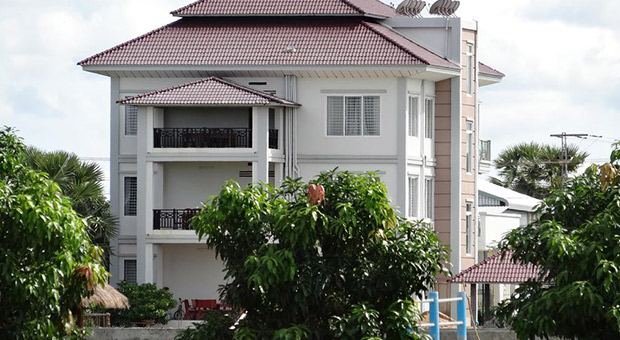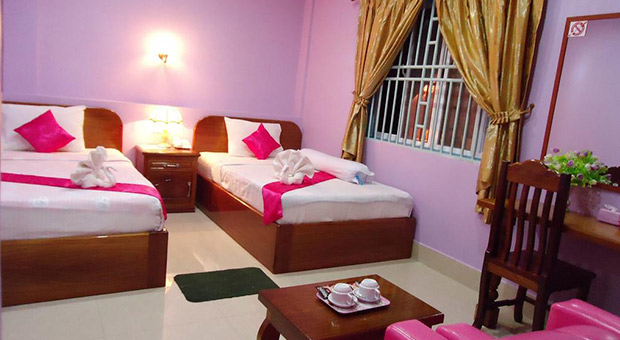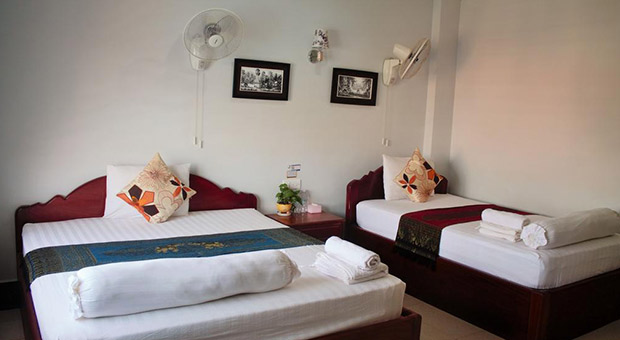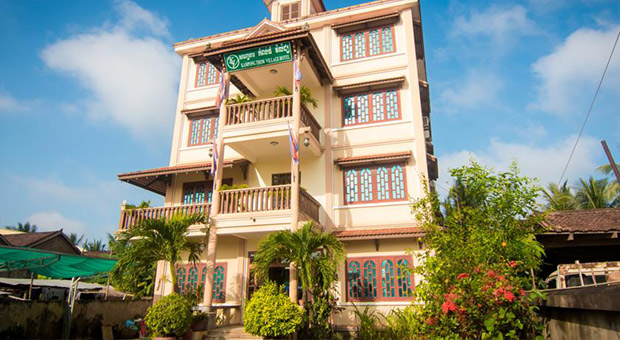Preah Khan of Kampong Svay
Preah Khan of Kampong Svay
Cambodia
Kampong Thom
Kampong Thom Travel Guide
Book Tour & Activities
Your tour in Kampong Thom.
Book your stay
Your hotel in Kampong Thom.
Overview
A temple of unparalleled dimensions whose glories were for so long shrouded in mystery, inaccessible to all but the most determined — or deranged — of travellers, the magic of Preah Khan of Kampong Svay is now available to all. Or at least all those willing to undertake the 100 kilometre journey from Kompong Thom. These are still few, which means that the chances of being able to explore this astonishing, lushly vegetated site in splendid isolation are very high.
The archeological complex of Preah Khan (of) Kampong Svay (Khmer: ព្រះខ័ននៅកំពង់ស្វាយ) or Prasat Bakan (according to local pronunciation) or Bakan Svay Rolay is located 100 km east of Angkor, in Preah Vihear province, Cambodia. It stands as the largest single religious complex ever built during Angkorian Era, as its exterior enclosure is about 5 km square, even if the isolated location makes it one of less visited Angkorian sites.
Located just 100 kilometres east of Angkor, on virtually the same latitude, Preah Khan’s first particularity is its orientation, which is on a north-south axis rather than the more customary east-west. Its second is its size. At 25 square kilometres, its scale is unequalled anywhere in Southeast Asia. The monastic complex consists of the enormous five kilometre enclosure walls, the central sanctuary, northern and southern libraries, a huge baray (reservoir) of 2,987 metres by 518 metres with a shrine in the middle, basins and moats.
It has been suggested by some that, alongside Banteay Chhmar just over 100 kilometres to the northwest of Angkor, Preah Khan of Kampong Svay may have been part of a great circular geographical mandala, with the centre turning on the seat of power at the Bayon temple of Angkor. The two sites are connected by a road via Beng Mealea, the original Route 66.
The southeast bank of the baray is flanked by Preah Damrei, a small square ninth century pyramid temple topped by two beautifully carved elephants. The other two are in Phnom Penh and Paris. Indeed a large number of the statues here were removed to Paris by early French explorers as part of the first international collection of Khmer art. More recently, looters have also taken a heavy toll on the site.
In the middle of the baray is Prasat Preak Thkol, an island temple similar to the West Mebon at Angkor, and at the northwestern end of the baray Prasat Preah Stung is best known for its central tower, adorned in the Bayon style with the four faces of King Jayavarman VII or Avalokiteshvara, a bodhisattva embodying the compassion of all buddhas. A magnificent sculptured portrait of King Jayavarman VII was taken from the central sanctuary and can be seen at the National Museum in Phnom Penh.
History
There are few historical data about Preah Khan Kompong Svay. French scholars argued it had been founded in the 11th century, probably by Suryavarman I. It was a royal residence during the kingdom of Suryavarman II and even Jayavarman VII lived here, before recapturing the capital city of Yasodharapura from invading Chams in 1181, and improved the complex.
The rediscovery of the complex
After some French missions at the turn of the 19th century, Victor Goloubew in 1937 engaged in aerial surveys which revealed the real extension of the complex.
Many famous Khmer sculptures come from here, such as the putative head of Jayavarman VII which is exposed at the National Museum of Phnom Penh. The sculptures and carvings of Preah Khan of Kompong Svay are among the peaks of Khmer art and the temples have been widely sacked in the past by official expeditions, like Louis Delaporte's one, whereas thieves have largely damaged many structures while looting sculptures and carvings from the second half of the 1990s.
The site
Preah Khan Kompong Svay covers an area about 5 kilometers square, is oriented to north-east and has four concentric enclosures. It was provided with water by a large baray (2.8 km by 750 m but almost completely dried at present), which crosses the eastern side.[3]:95 On an artificial island (mebon) in the middle of the baray there is Preah Thkol (Khmer: ព្រះថ្កោល), a cruciform temple in sandstone with a standing central tower. In the southeastern corner stands the remains of the 15 metres high pyramid of Preah Damrei, with laterite enclosure and two stone elephants (Damrei means elephant) at its upper corners. The other two elephants are exhibited at the National Museum of Phnom Penh and Guimet Museum in Paris.
Inside the exterior enclosure, in the middle of the western side of baray, there is Prasat Preah Stung (Khmer: ព្រះស្ទឹង), with a peculiar four-faced central tower in Bayon style, which is preceded by a landing-stage with nāga balaustrades. A laterite causeway leads from here to a centric enclosure, 701 m by 1097 m, surrounded by a moat and endowed with four gopuras similar to Angkor Thom. Near the eastern gopura there is a dharmasala.
The inner laterite enclosure contains the central sanctuary, that stands on a two-tier platform. The central tower collapsed because of a looting attempt in 2003. It has entrances in all cardinal directions and is rounded by a windowed gallery.
World Heritage Status
This site was added to the UNESCO World Heritage Tentative List on September 1, 1992 in the Cultural category.
Video Travel Inspiration
Most Popular Cities

Siem Reap
Cambodia
Ho Chi Minh City
Vietnam
Beijing
China
Paris
France
London
United Kingdom
New York
USA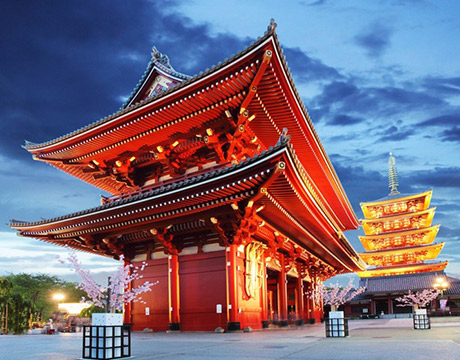
Tokyo
Japan
Bangkok
Thailand
Seoul
South Korea
Vientiane
Laos
Yangon
Myanmar
Washington DC
USA
Los Angeles
USA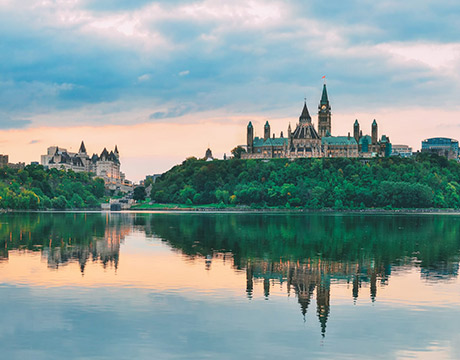
Ottawa
Canada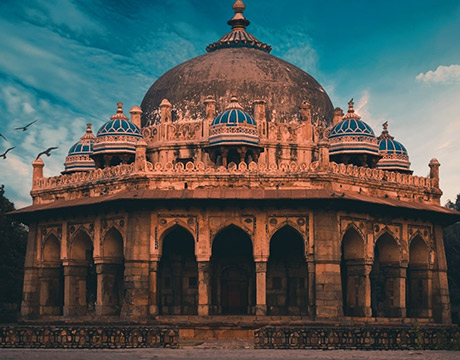
New Delhi
India
Singapore
Singapore
Kuala Lumpur
Malaysia
 English
English French
French Khmer
Khmer Thai
Thai Vietnamese
Vietnamese Chinese
Chinese Korean
Korean German
German Japanese
Japanese Italian
Italian Russian
Russian Spanish
Spanish Dutch
Dutch Indonesian
Indonesian Malay
Malay











